Creating and Using Leading Lines
إنشاء واستخدام الخطوط الرائدة
One of the most important considerations any photographer makes is determining compositional lines in images they create. In this short article, I will be discussing how various elements can become leading lines and add to the visual flow of your images.
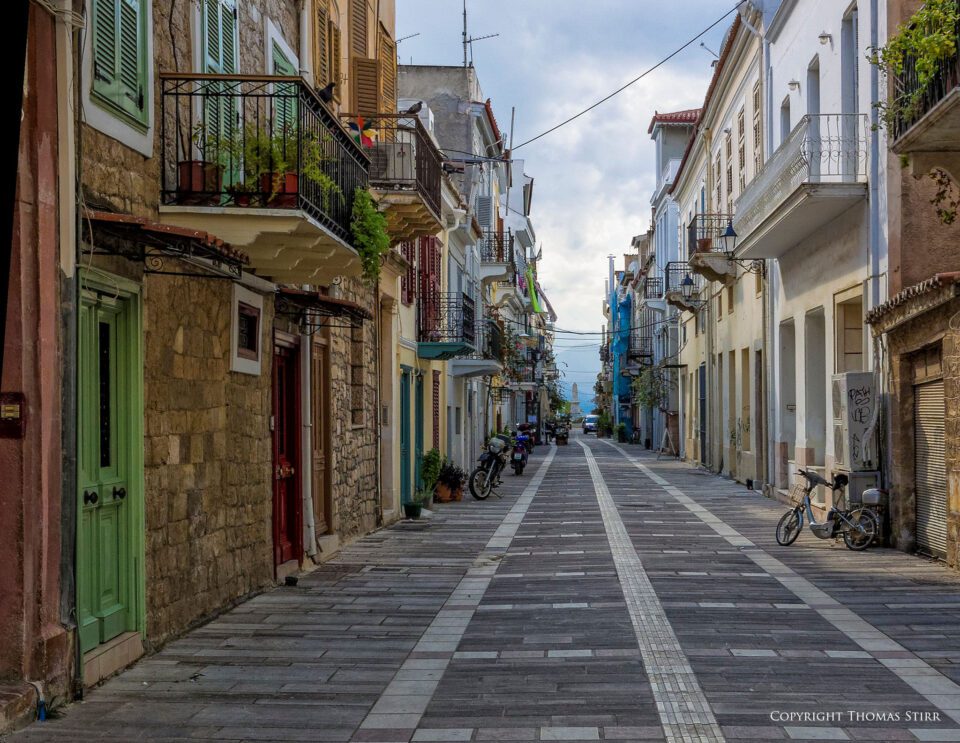 NIKON 1 V2 + 6.7-13.0 mm f/3.5-5.6 @ ISO 160, 1/60, f/5.6
NIKON 1 V2 + 6.7-13.0 mm f/3.5-5.6 @ ISO 160, 1/60, f/5.6
NIKON 1 V2 + 6.7-13.0 mm f/3.5-5.6 @ ISO 160, 1/60, f/5.6[/caption]
Leading lines often enter from the bottom left or right corner of an image, or from across the bottom of it. A good leading line provides a sense of flow and balance to an image and draws the viewer in almost like a magnet.
أحد أهم الاعتبارات التي يأخذها أي مصور هو تحديد الخطوط التركيبية في الصور التي يقوم بإنشائها. في هذه المقالة القصيرة، سأناقش كيف يمكن للعناصر المختلفة أن تصبح خطوطًا رائدة وتضيف إلى التدفق البصري لصورك.
غالبًا ما تدخل الخطوط البادئة من الزاوية السفلية اليسرى أو اليمنى من الصورة، أو عبر الجزء السفلي منها. يوفر الخط الرئيسي الجيد إحساسًا بالتدفق والتوازن للصورة ويجذب المشاهد مثل المغناطيس تقريبًا.
إنشاء واستخدام الخطوط الرائدة
One of the most important considerations any photographer makes is determining compositional lines in images they create. In this short article, I will be discussing how various elements can become leading lines and add to the visual flow of your images.
 NIKON 1 V2 + 6.7-13.0 mm f/3.5-5.6 @ ISO 160, 1/60, f/5.6
NIKON 1 V2 + 6.7-13.0 mm f/3.5-5.6 @ ISO 160, 1/60, f/5.6NIKON 1 V2 + 6.7-13.0 mm f/3.5-5.6 @ ISO 160, 1/60, f/5.6[/caption]
Leading lines often enter from the bottom left or right corner of an image, or from across the bottom of it. A good leading line provides a sense of flow and balance to an image and draws the viewer in almost like a magnet.
أحد أهم الاعتبارات التي يأخذها أي مصور هو تحديد الخطوط التركيبية في الصور التي يقوم بإنشائها. في هذه المقالة القصيرة، سأناقش كيف يمكن للعناصر المختلفة أن تصبح خطوطًا رائدة وتضيف إلى التدفق البصري لصورك.
غالبًا ما تدخل الخطوط البادئة من الزاوية السفلية اليسرى أو اليمنى من الصورة، أو عبر الجزء السفلي منها. يوفر الخط الرئيسي الجيد إحساسًا بالتدفق والتوازن للصورة ويجذب المشاهد مثل المغناطيس تقريبًا.

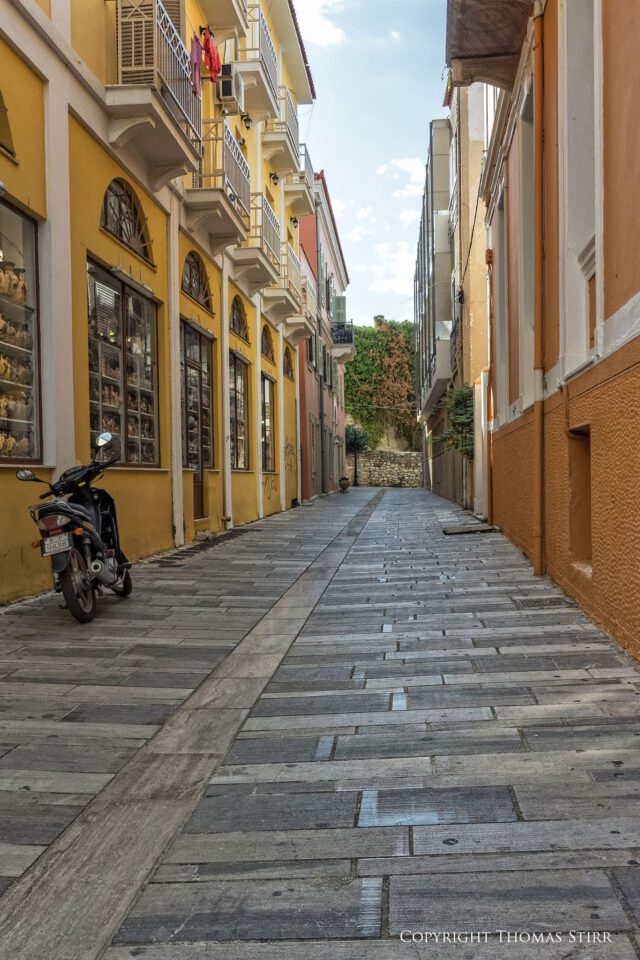
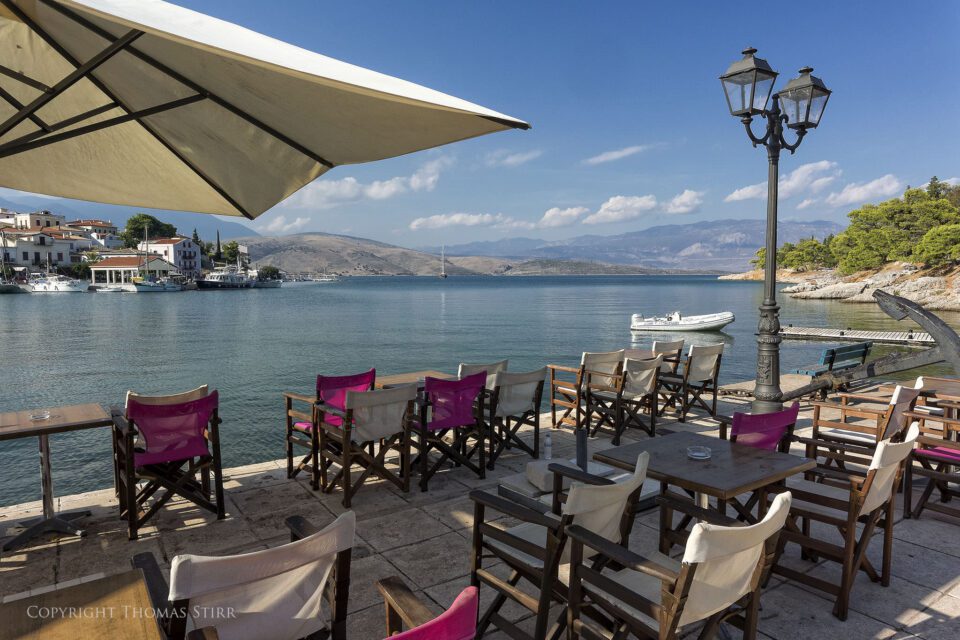
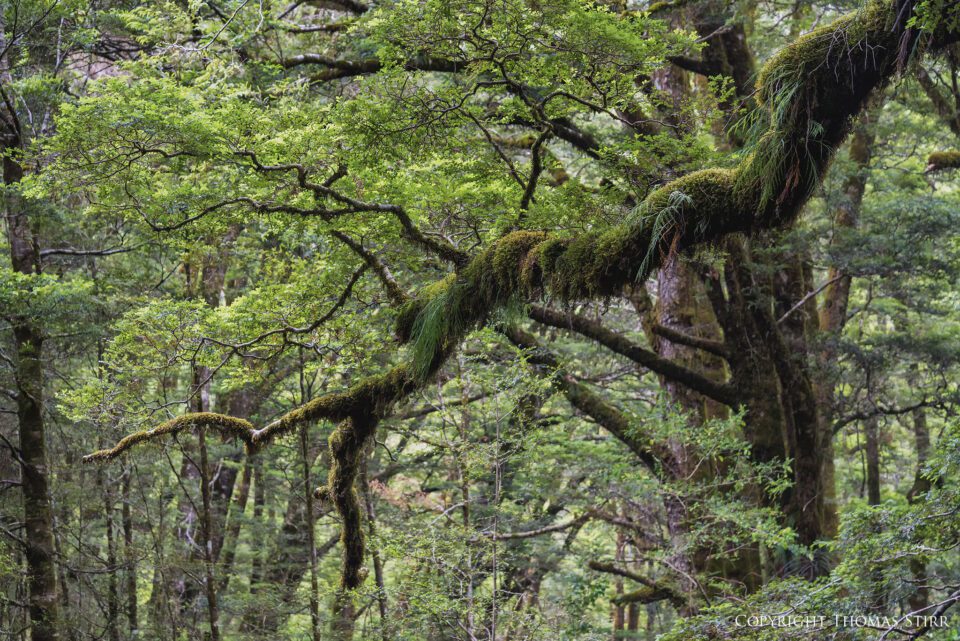
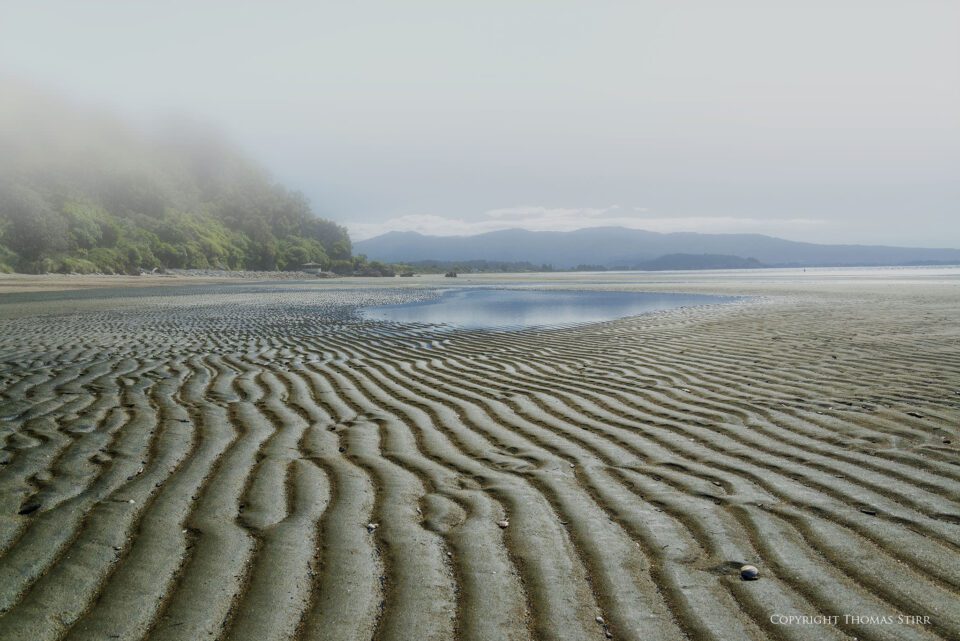
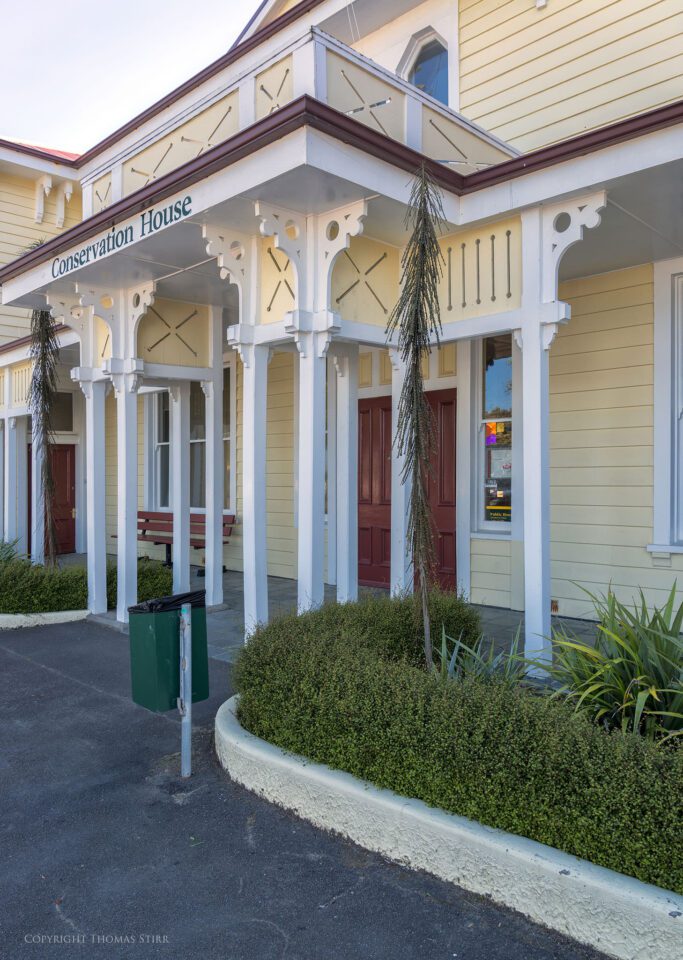
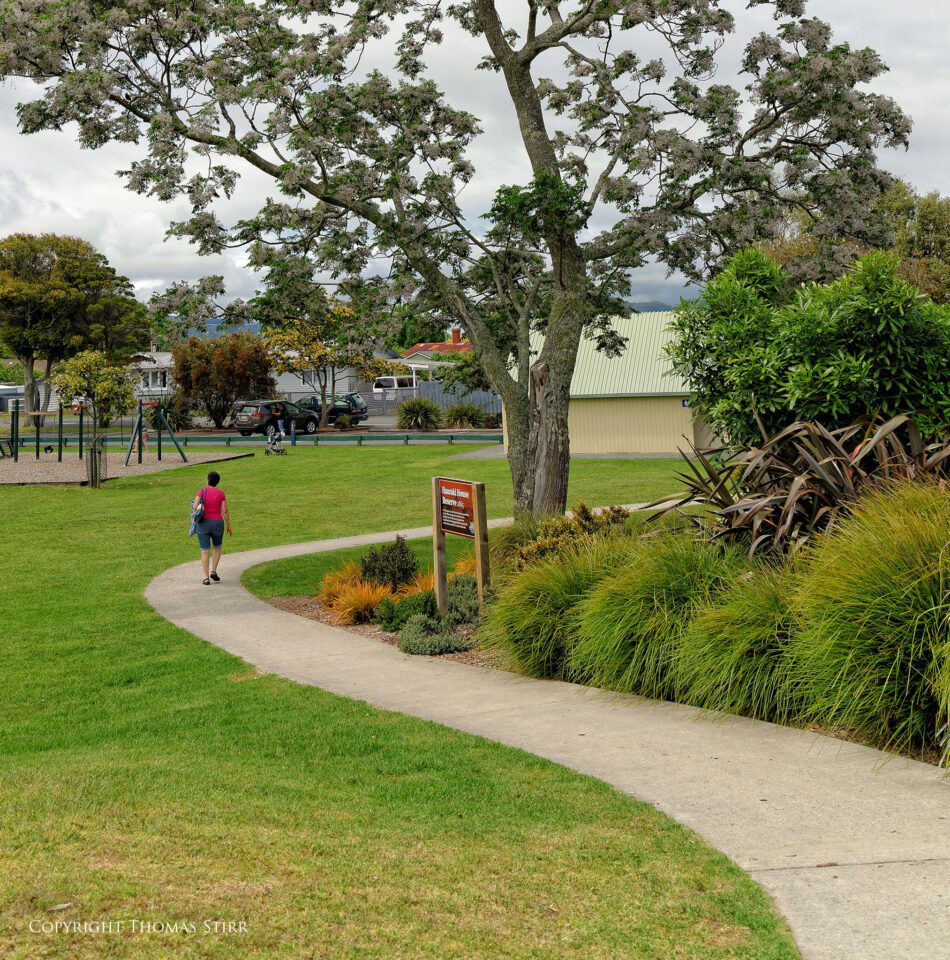
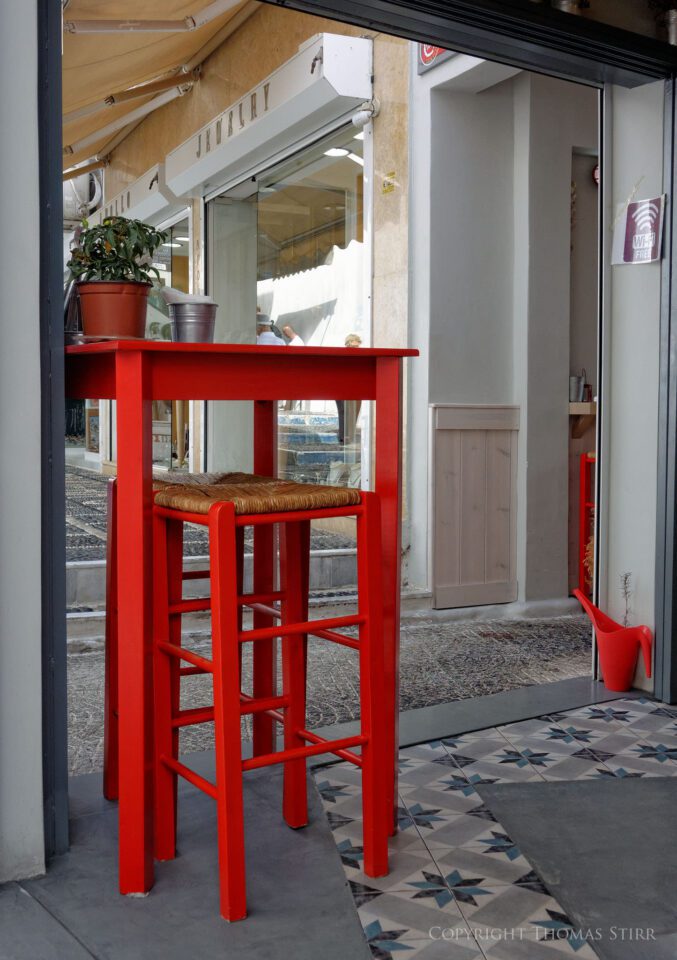
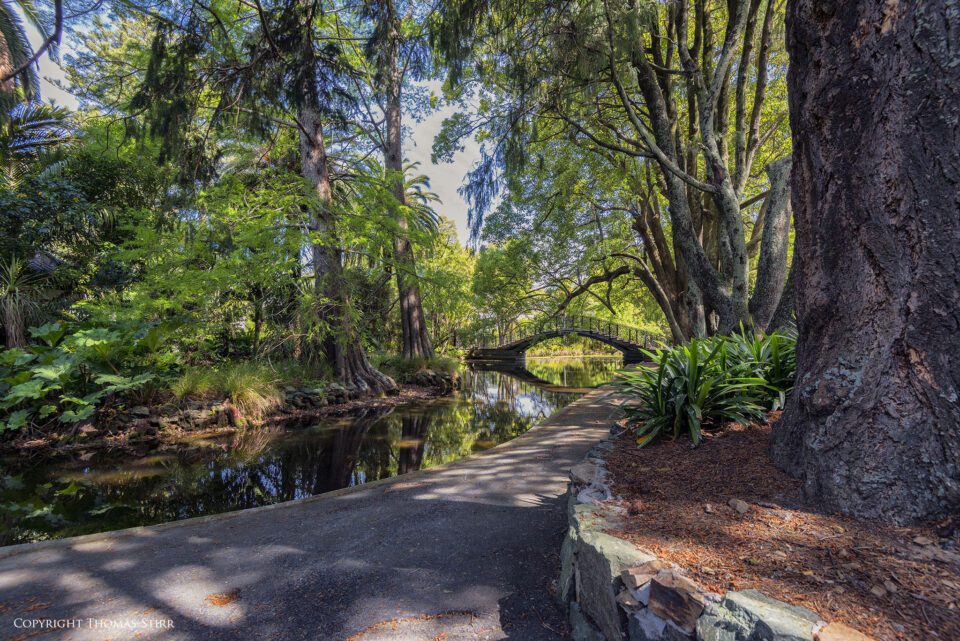

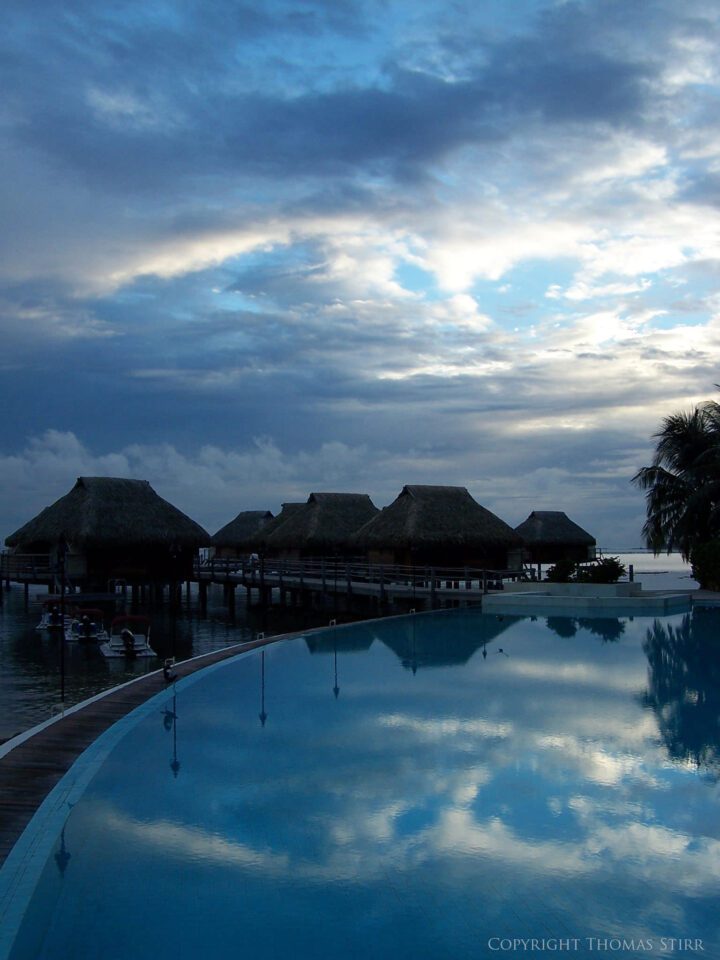
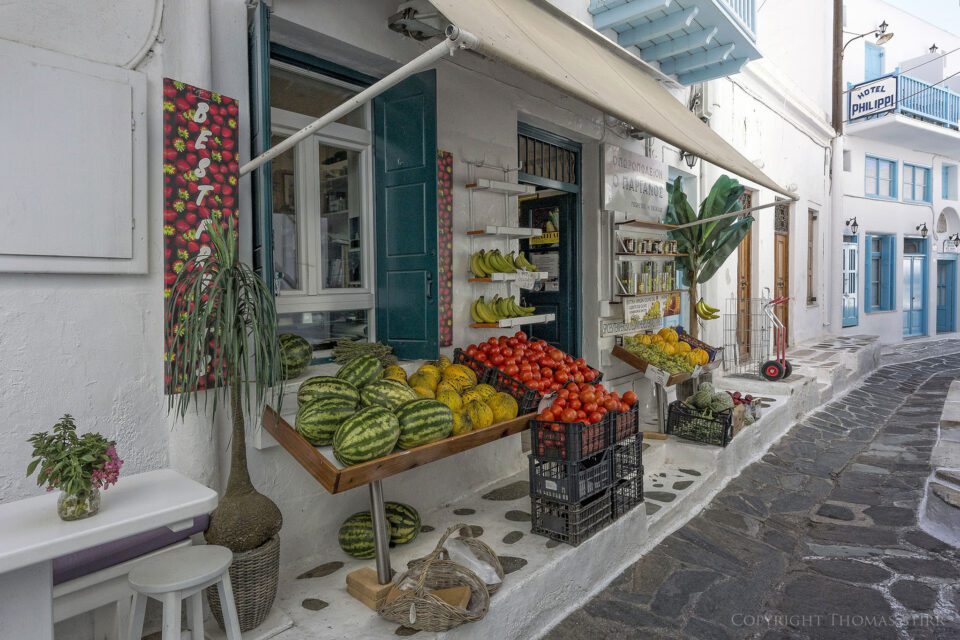
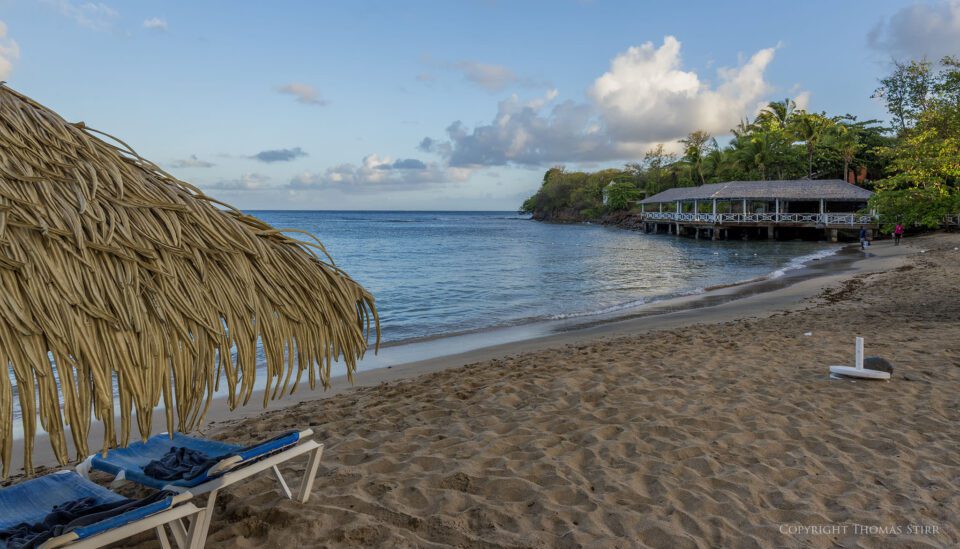
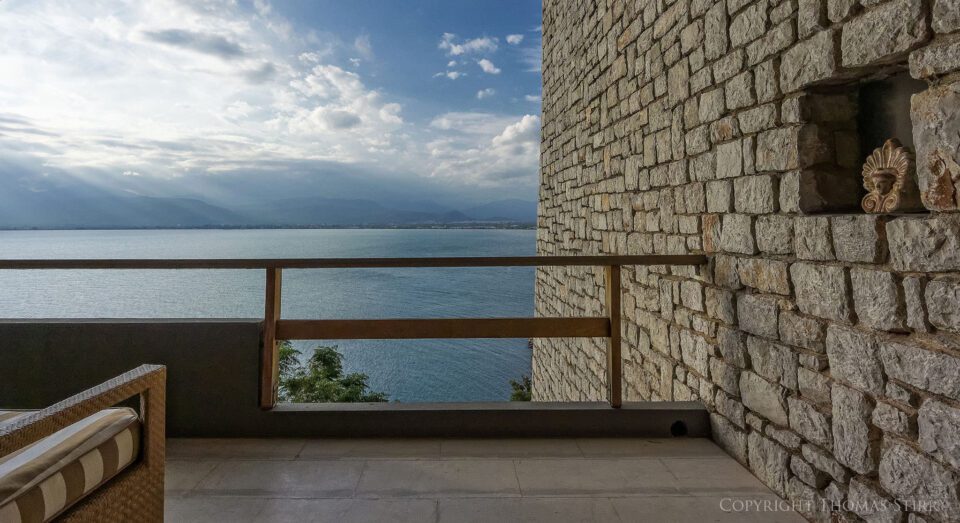
تعليق